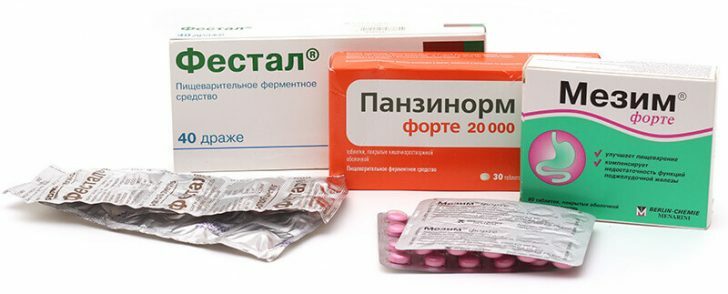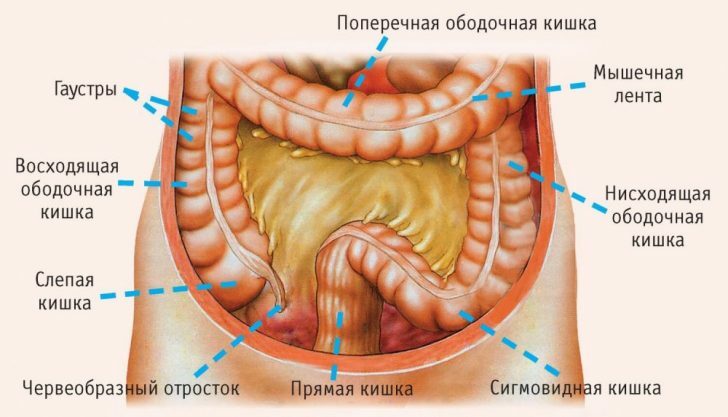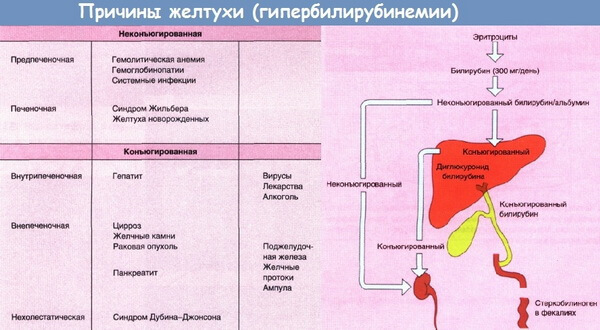Esophagus narrowing: symptoms and treatment

Esophagus narrowing or stenosis of the esophagus is benign and malignant. The disease manifests itself in the form of a narrowing of the lumen of the esophagus.
Since the disease can be of a malignant nature, it is important to know what constriction of the esophagus is, the symptoms and treatment of the disease are also critically important.
A little about the narrowing of the esophagus
Benign stenosis of the esophagus usually develops against the background of long-existing ulcers of the esophagus and reflux esophagitis.narrowing of the esophagus often occur in people suffering from sliding( axial), hiatal hernia, and also noted that the stenosis can develop after surgery on esophageal-gastric junction.
Sometimes narrowing of the esophagus is formed as a complication of some other digestive tract diseases: chronic alcoholic gastritis, hysterical vomiting, calculous cholecystitis, pyloric stenosis, and even pregnancy toxicosis, which are accompanied by vomiting.
Esophageal stenosis may occur as a result of chemical burns. The probability of narrowing the esophagus after a chemical burn is quite high. These types of stenosis often vary in length and are mainly located in places where the esophagus is narrower: diaphragmatic, pharyngeal and esophageal narrowing of the esophagus. Strictures are tender, thin, filmy membrane with a thickness of only a few millimeters, except they occur multiple and single, tubular( length of 5-10 cm, and sometimes more) and annular differing thickness of 2-3 centimeters.
Benign esophageal narrowing can result from severe infectious diseases: syphilis, tuberculosis, scarlet fever, diphtheria, or due to inflammatory processes caused by the stay at a foreign body esophagus( which may be pieces of chicken or fish bones) or even longer stays probe inside the esophagus.
Very rare cases of congenital narrowing of the esophagus, they are usually found at an early age, but sometimes it happens that the adult.
Separate membranous membranous lobes and narrowing of the esophagus, usually located in the proximal part of the esophagus, stand alone. Such bridges are seen in people with congenital anomaly, various osteophytes thoracic and cervical spine syndrome or Plummer-Vinson( sideropenic dysphagia syndrome is usually a combination of iron deficiency anemia with stenosis of the esophagus membranous form, and most of the variety of the disease manifests itself in middle-aged women).
esophageal stenosis caused by squeezing from the outside and, for example, in aneurysmal aorta extended, abnormal vascular or tumor location, which comes from the mediastinum. There were cases when the cause of stenosis was never clarified.
Symptoms of esophageal narrowing
Timely detection and treatment of the esophagus can save lives, because in some cases, esophageal stenosis leads to the fact that it becomes impossible to even drink. Therefore, it is worth knowing the symptoms and treatment of stenosis. One of the main symptoms is dysphagia.
Dysphagia can be expressed in varying degrees depending on the strength of the stenosis: it may be just an undefined unpleasant feeling behind the sternum or, as already written above, a complete inability to eat.
Usually dysphagia occurs imperceptibly and at first is weakly expressed and episodic. When the constriction becomes sufficiently strong, it is already impossible to ignore it, since food is getting stuck in the esophagus( poorly chewed or dry) and the patient feels unpleasant sensations or even pain.
Other symptoms of constriction may include: heartburn, increased salivation, belching, or pain in the sternum during swallowing.
Course of illness
For the most part, over time, the strictures of the esophagus are gradually progressing and the situation continues to deteriorate, even if the initial cause of their development is no longer present. The fact is that the narrowed section is constantly being traumatized by food and this, in turn, leads to a progression of the process of inflammation and scarring.
One of the most common complications is the delay of food pieces in the narrowing area, the so-called obturation of the esophagus and it requires urgent care( surgical intervention or esophagoscopy).Also, complications often occur in the form of aspiration pneumonia, which develops due to lingering food in the esophagus and getting into the respiratory tract.
It is impossible not to mention the possible occurrence of a malignant tumor in the stricture region. According to statistics, the development of cancer of the esophagus in people with stenosis occurs much more often.
Treatment of
The essence of treatment of narrowing of the esophagus is to expand the site of constriction. Before the beginning of radical forms of treatment, the patient is prescribed a special diet. If the strictures are peptic, then astringents and antacids are usually prescribed. Buzhirovanie is the main method of fighting strictures of the esophagus of a good quality. Buzhirovanie with a gradual increase in bougie. If the bougie does not bring the desired result, and in cases where strictures are pronounced and common, surgical treatment begins, which is an intrathoracic plastic of the esophagus with the help of a segment of the large or small intestine, anthotoric plastic or other types of surgical intervention. If the patient is severely depleted or if there are contraindications to bougie and other more serious types of surgery, the patient is given a gastro to eat.
In modern medicine, it is believed that with the development of esophageal narrowing, due to chemical burn, bougie should be carried out as early as possible in order to prevent the appearance of cicatricial narrowing. To combat inoperable types of stenosis sometimes resort to palliative treatment.



